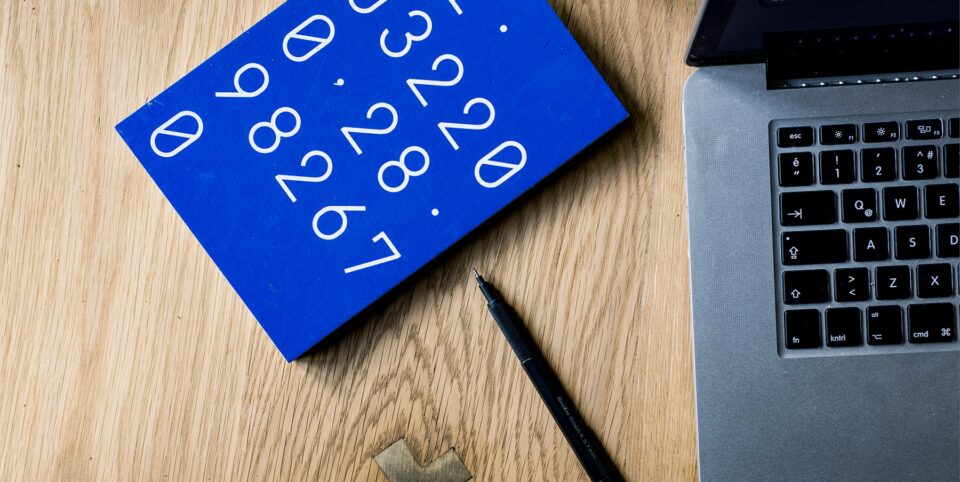Contact
020 4515 6728
info@ccameron.co.uk
Charles Cameron & Associates
Blackfriars Foundry
154-156 Blackfriars Road
London SE1 8EN
Do your numbers add up?
September 2, 2021
Information published was correct at the time of writing
Rental yield and capital growth are the two key ways property investors make money

Buy-To-Let investors make money in two different ways, rental yield and capital growth. On a basic level, landlords investing for the short-term should consider locations that could deliver high rental yields, while landlords with a long-term view may want to prioritise regions or cities with historical capital gains and steadily rising house prices.
There are no guarantees but it is possible for landlords to secure both strong rental yields and good capital gains over time. Rental yields and capital gains aren’t, however, the only things to take into consideration when choosing where to invest. Just as important is to take into account tenant demand, how long rental properties are staying on the market, and calculating the level of rent you can realistically charge.
What is rental yield?
Rental yield is the money you make from renting out a property that you own. It’s calculated as a percentage based on the total value of your property. You’ll see it referred to in terms of gross rental yield and net rental yield, so we’ll explain the difference between the two. Rental yields are typically at their highest in commuter towns, particularly on the outskirts of major cities like London, as homes here are generally more affordable, tenant demand is high and there is a good opportunity to charge higher rents and secure reliable, long-term tenants.
Gross rental yield
Gross rental yield is based on the total amount your tenants pay in rent. It’s calculated like this:
Total annual rent / Cost of property x 100 = Gross rental yield
So, if the property cost £200,000, and you’re charging £1,000 a month in rent:
£12,000 / £200,000 x 100 = 6% gross rental yield
Net rental yield
Net rental yield takes into account the costs of owning the property.
These costs include:
• Mortgage interest payments
• Agent fees
• Landlord insurance
• Property taxes
• Repairs and renovations
• Decorating and furnishing
• Cleaning
• Periods in which the property is vacant
It’s calculated like this:
(Total annual rent – expenses) / Cost of property x 100 = Net rental yield
So, if the property cost £200,000, and you’re charging £1,000 a month in rent, but your monthly costs are £100 each month:(£12,000-£1,200) / £200,000 x 100 = 5.4%
How can you achieve a good rental yield?
As you can see, some of the factors you’ll need to balance to achieve a good rental yield include: choosing a property that renters will be willing to pay a significant amount of rent for, negotiating a good deal on the property purchase, and keeping your costs low. Remember that it’s a balancing act. Focusing too much on one factor can lower your rental yield. For example, charging rent that is too high can result in longer periods of vacancy, at a high cost. Neglecting repairs and furnishing costs can bring down the rent you can realistically charge.
What is capital growth?
When you buy any asset and then sell it at a higher price, the money you’ve made in doing so is capital growth. So, if you buy something for £2 and sell it for £3, you’ve made £1 in capital growth – not taking into account any costs you’ve incurred in the process. In the context of property, capital growth is the difference between the price you pay for a property and the price you sell that property for. Any profit you make on the sale of a buy-to-let is known as the capital gain. If you are looking for capital gains, you should consider up-and-coming areas which are likely to experience rapidly rising prices in the coming years. Or locations which have seen house prices rise steadily over a number of years, seemingly impervious to external factors.



